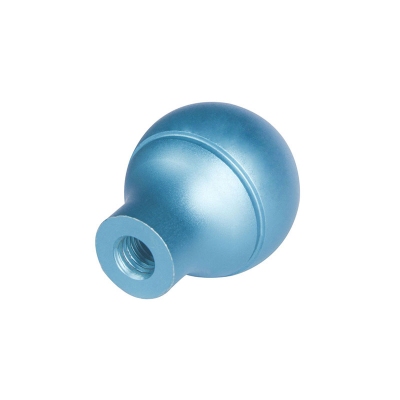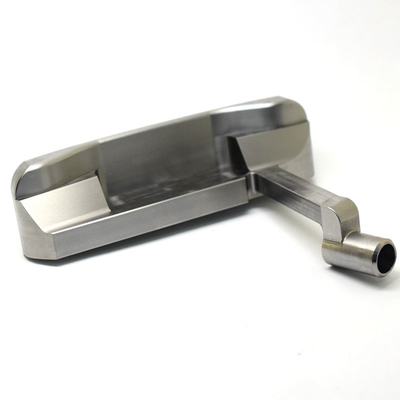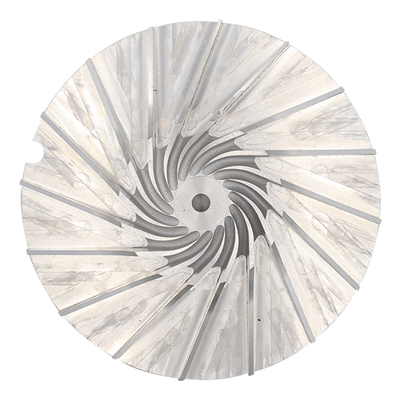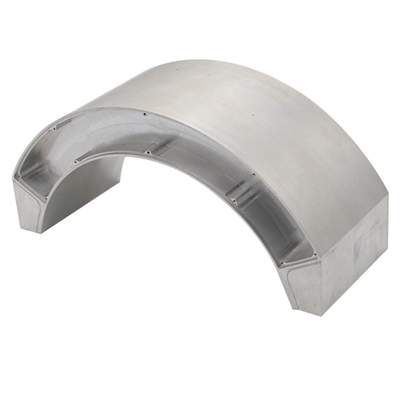How Does Hydroforming Process Work?
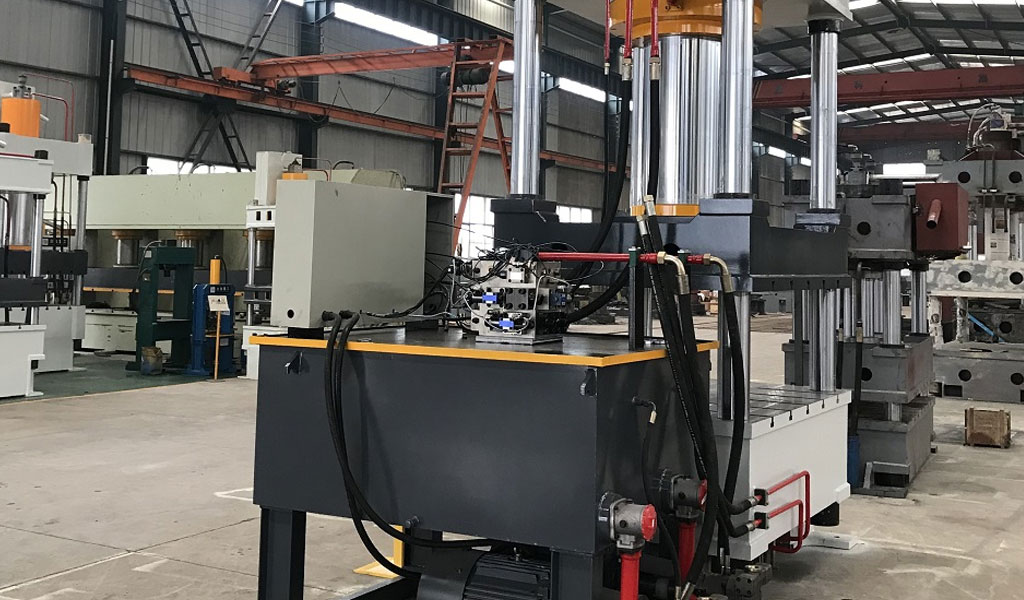
In the realm of modern manufacturing, innovative techniques continuously emerge to meet the growing demands for efficiency, precision, and sustainability. One such process that has gained significant traction is hydroforming. This method, with its unique blend of hydraulic power and metal manipulation, has revolutionized the production of intricate metal components across various industries. In this article, we embark on a journey to unravel the intricacies of the hydroforming process, exploring its working principles, applications, and advantages.
Understanding Hydroforming: At its core, hydroforming is a specialized metal forming process that utilizes high-pressure fluid to shape ductile materials such as metals and plastics into complex geometries. Unlike traditional forming methods that rely on solid dies and punches, hydroforming employs a two-part tooling system comprising a die and a fluid chamber. The workpiece, typically a metal sheet or tube, is placed over the die, and a high-pressure hydraulic fluid, usually water or oil, is introduced into the chamber. The intense pressure exerted by the fluid forces the material to conform to the shape of the die, thereby creating the desired component.
The Hydroforming Process Unraveled: The hydroforming process can be classified into two main categories: tube hydroforming and sheet hydroforming.
-
Tube Hydroforming: In tube hydroforming, a hollow tube is placed inside a die cavity and sealed at both ends. The hydraulic fluid is then injected into the tube, causing it to expand radially,spun metal and press against the die walls. This results in the formation of complex shapes with minimal wrinkling or distortion. Tube hydroforming is widely used in the automotive industry for manufacturing various components such as exhaust manifolds, frame rails, and suspension components.
-
Sheet Hydroforming: Sheet hydroforming, on the other hand, involves the use of a flat sheet of metal instead of a tube. The sheet is clamped between a die and a blank holder, forming a sealed chamber. Hydraulic pressure is applied to the blank holder, causing the sheet to deform and take on the shape of the die. Sheet hydroforming is commonly employed in the production of automotive body panels, aerospace components, and household appliances.
Advantages of Hydroforming: The hydroforming process offers several key advantages over conventional forming techniques, making it a preferred choice for many manufacturers:
-
Enhanced Design Flexibility: Hydroforming allows for the creation of complex shapes and contours that are difficult to achieve using traditional methods. This enables designers to unleash their creativity and push the boundaries of product innovation.
-
Improved Material Utilization: Since hydroforming exerts uniform pressure on the entire surface of the workpiece, it minimizes material thinning and waste, resulting in higher material utilization rates and cost savings.
-
Superior Strength and Structural Integrity: The uniform deformation imparted by hydroforming enhances the structural integrity of the formed components, resulting in superior strength and performance.
-
Reduced Tooling Costs: Hydroforming requires simpler tooling compared to conventional forming processes, leading to lower tooling costs and faster setup times.
Applications of Hydroforming: The versatility and efficiency of the hydroforming process have led to its widespread adoption across various industries, including:
- Automotive: Hydroformed components are extensively used in the automotive sector for applications such as chassis, engine cradles, seat frames, and structural reinforcements.
- Aerospace: Hydroformed parts find applications in aircraft fuselages, wing structures, and engine components, where lightweight and high-strength materials are crucial.
- Appliances: Sheet hydroforming is utilized in the production of kitchen appliances, HVAC components, and consumer electronics, enabling manufacturers to create aesthetically pleasing and durable products.
Conclusion: In conclusion, the hydroforming process stands as a testament to the ingenuity and innovation driving modern manufacturing. Its ability to seamlessly blend precision, efficiency, and versatility has positioned it as a cornerstone of metal forming technology. As industries continue to evolve and demand higher performance from their products, hydroforming is poised to play an increasingly integral role in shaping the future of manufacturing.
 3, 4 and 5-axis precision CNC machining services for aluminum machining, beryllium, carbon steel, magnesium, titanium machining, Inconel, platinum, superalloy, acetal, polycarbonate, fiberglass, graphite and wood. Capable of machining parts up to 98 in. turning dia. and +/-0.001 in. straightness tolerance. Processes include milling, turning, drilling, boring, threading, tapping, forming, knurling, counterboring, countersinking, reaming and laser cutting. Secondary services such as assembly, centerless grinding, heat treating, plating and welding. Prototype and low to high volume production offered with maximum 50,000 units. Suitable for fluid power, pneumatics, hydraulics and valve applications. Serves the aerospace, aircraft, military, medical and defense industries.PTJ will strategize with you to provide the most cost-effective services to help you reach your target,Welcome to Contact us ( [email protected] ) directly for your new project.
3, 4 and 5-axis precision CNC machining services for aluminum machining, beryllium, carbon steel, magnesium, titanium machining, Inconel, platinum, superalloy, acetal, polycarbonate, fiberglass, graphite and wood. Capable of machining parts up to 98 in. turning dia. and +/-0.001 in. straightness tolerance. Processes include milling, turning, drilling, boring, threading, tapping, forming, knurling, counterboring, countersinking, reaming and laser cutting. Secondary services such as assembly, centerless grinding, heat treating, plating and welding. Prototype and low to high volume production offered with maximum 50,000 units. Suitable for fluid power, pneumatics, hydraulics and valve applications. Serves the aerospace, aircraft, military, medical and defense industries.PTJ will strategize with you to provide the most cost-effective services to help you reach your target,Welcome to Contact us ( [email protected] ) directly for your new project.

- 5 Axis Machining
- Cnc Milling
- Cnc Turning
- Machining Industries
- Machining Process
- Surface Treatment
- Metal Machining
- Plastic Machining
- Powder Metallurgy Mold
- Die Casting
- Parts Gallery
- Auto Metal Parts
- Machinery Parts
- LED Heatsink
- Building Parts
- Mobile Parts
- Medical Parts
- Electronic Parts
- Tailored Machining
- Bicycle Parts
- Aluminum Machining
- Titanium Machining
- Stainless Steel Machining
- Copper Machining
- Brass Machining
- Super Alloy Machining
- Peek Machining
- UHMW Machining
- Unilate Machining
- PA6 Machining
- PPS Machining
- Teflon Machining
- Inconel Machining
- Tool Steel Machining
- More Material

